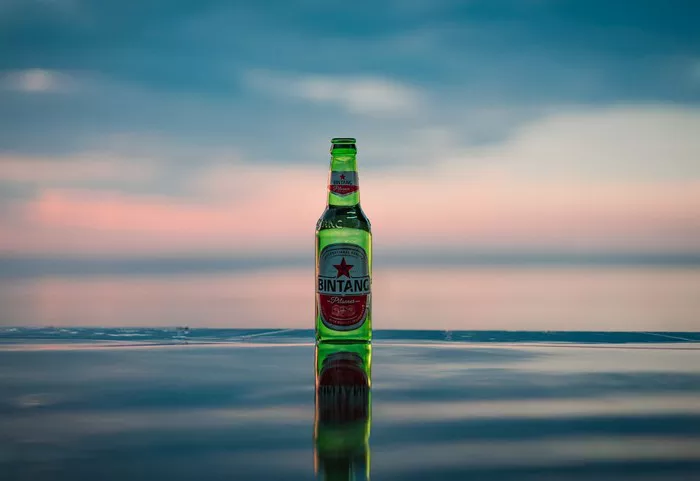When it comes to enjoying fresh craft beer, growlers have become a popular choice for many beer enthusiasts. These containers allow you to take home draft beer from your favorite brewery or taproom. But once you’ve filled your growler, you might wonder: how long will that beer stay fresh? Understanding the lifespan of beer in a growler is essential for ensuring that you enjoy it at its best.
In this article, we’ll explore the factors that affect the freshness of beer in a growler, the best practices for storing it, and how long you can expect your beer to stay good after filling. By the end, you’ll have a clearer idea of how to enjoy your growler to the fullest.
Understanding the Growler and Beer Freshness
What is a Growler?
A growler is a large, often glass container designed to hold draft beer. Typically, growlers come in two sizes: 32-ounce and 64-ounce. They can also be made from stainless steel or ceramic. Each type has its benefits, but glass is the most common. The growler serves as a bridge between enjoying beer on draft and taking it home. When you fill a growler, you’re essentially bringing the tap experience to your living room.
Factors Affecting Freshness
Several factors can impact how long beer stays fresh in a growler. The type of beer, storage conditions, and how well the growler is sealed all play a role. Different beers have varying shelf lives. For example, IPAs are best consumed fresh, while stouts may last longer. The storage temperature also matters; beer should ideally be kept cold. Lastly, the seal on your growler is crucial. A well-sealed growler minimizes oxygen exposure, preserving freshness.
The Lifespan of Beer in a Growler
How Long Can Beer Last in a Growler?
On average, beer can last anywhere from a few days to a couple of weeks in a growler. However, this lifespan is highly variable. For the best flavor and freshness, most breweries recommend consuming the beer within a week of filling. This guideline applies especially to hoppy beers like IPAs. They tend to lose their aroma and flavor quickly after exposure to oxygen.
Specific Beer Styles and Their Freshness
Different styles of beer have different freshness timelines. For example, hop-forward beers like pale ales and IPAs should ideally be consumed within 3 to 5 days. Lighter beers, such as lagers or wheat beers, may last up to a week if kept cold. Darker beers, like stouts and porters, may remain drinkable for two weeks or even longer, though their flavor profile can still change over time. Knowing the specific style of your beer can help you manage your expectations.
Best Practices for Storing Growlers
Proper Storage Techniques
To maximize the freshness of your beer, proper storage techniques are crucial. First, store the growler in a cool, dark place. Direct sunlight and heat can negatively affect the beer’s flavor. A refrigerator is ideal, especially if you plan to drink the beer within a few days. Keeping the growler upright also helps prevent sediment from stirring up, which can alter the taste.
Sealing and Pouring
Make sure the growler is sealed tightly after filling. If it’s not sealed properly, oxygen can enter, leading to oxidation and spoilage. When pouring from the growler, do it carefully to avoid excessive exposure to air. Pouring gently minimizes foam and allows you to enjoy the beer at its best.
Signs of Spoilage in Growler Beer
Identifying Spoilage
As time goes on, you may notice changes in your beer that indicate spoilage. Look for changes in color, off-putting smells, or flavors that seem “off.” If the beer has a sour or vinegar-like smell, it’s likely gone bad. Additionally, a flat or lifeless beer often signals that it’s past its prime. It’s always better to err on the side of caution; if you’re in doubt, it’s best not to drink it.
The Importance of Freshness
Freshness is a key element in enjoying beer, especially craft varieties. Beer is best when consumed fresh, as the flavors and aromas are most vibrant. With hoppy beers, freshness is paramount; the hop character diminishes significantly over time. Therefore, understanding how to recognize spoilage can help you avoid a disappointing experience.
See Also: Top 4 Ways to Make Apple Beer at Home
How to Maximize Freshness
Filling the Growler Properly
When you fill a growler, how it’s done can affect its lifespan. Ideally, the growler should be filled from the bottom of the tap, allowing for minimal exposure to air. Some breweries have specialized taps that help with this process. Avoid filling the growler to the very top; leaving a small amount of headspace can help accommodate any expansion and prevent excessive carbonation loss.
Minimizing Oxygen Exposure
Minimizing oxygen exposure is crucial for maintaining beer freshness. After filling, make sure the cap is secure. If you plan to drink the beer over several days, consider pouring a small amount out each day to reduce the amount of air in the growler. This technique helps preserve the remaining beer for longer.
Conclusion
In conclusion, the longevity of beer in a growler depends on various factors, including the type of beer, storage conditions, and sealing. While most beers are best enjoyed within a week, certain styles may last longer. By following best practices for storage and handling, you can maximize your beer’s freshness and enjoy it at its best. Always be mindful of signs of spoilage, and remember that freshness is key to a great beer experience.
Understanding how long beer stays good in a growler allows you to appreciate the art of brewing and enjoy your favorite beverages with confidence. Whether you’re at home or on the go, a growler can provide you with fresh beer that enhances any occasion. So, the next time you fill a growler, remember these tips to ensure a delightful tasting experience. Cheers!
You Might Be Interested In:


